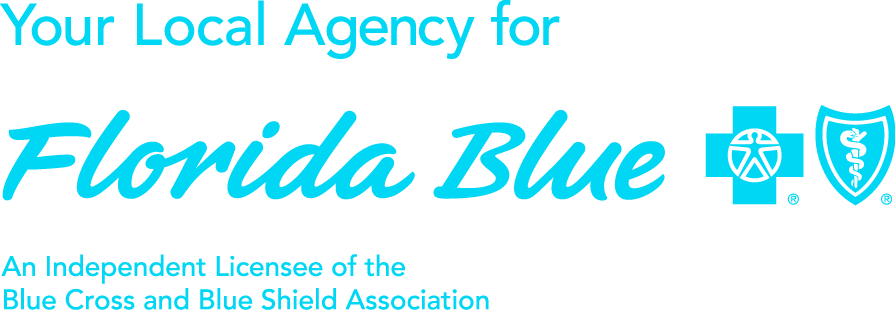What is a Critical Illness Plan?

A critical illness plan is a policy that pays the insured a lump sum following the diagnosis of an illness covered under the plan. Critical-illness plans often cover diseases like cancer, organ transplant, heart attack, stroke, renal failure, and paralysis, among others. There is no coverage if you’re diagnosed with a disease that isn’t on the specific list for your plan, and the list of covered illnesses varies from one plan to another.
There are many different critical illness plans available, with benefit amounts ranging from $5,000 to $200,000 or more. Premiums are based on the benefit amount and the age of the applicant. In the individual market, pre-existing conditions are not covered, and medical underwriting is used to determine an applicant’s eligibility for coverage. Critical illness plans are not regulated by the ACA and are not suitable to serve as a person’s only medical coverage.
In recent years, critical illness plans – sometimes called dread disease plans – have become increasingly popular as a voluntary benefit offered by employers, particularly to lessen the impact of switching to a higher deductible plan. Critical illness plans have also gained favor with individuals who buy them to supplement high-deductible individual market plans, but consumer advocates sometimes question whether the plans are worth the cost, and whether consumers are being fully informed about the coverage details prior to purchasing the policy.
Does the marketplace offer critical illness plans?
Critical illness plans are not available through the state health insurance exchanges, and are considered an excepted benefit under the ACA. In that regard, they’re in the same category with some limited benefit plans, accident supplements, adult dental/vision plans, and short-term policies. Those types of plans are not regulated by the ACA, so they don’t provide the essential health benefits package, and can still use medical underwriting to deny applications based on medical history.
Under critical illness plans, benefits are paid directly to the patient if they are diagnosed with a coverable significant disease such as a stroke, heart attack, or cancer. There’s no coverage for medical conditions that aren’t specifically listed in the policy details, so critical illness plans are considered supplemental coverage, rather than comprehensive health insurance.
Because employers can offer critical illness coverage with no employer contribution, this is often an alternative sought by smaller businesses. Some smaller employers choose to offer only voluntary benefits, such a critical illness plans, since doing so provides their employees with something rather than nothing, and since small employers are not required to offer coverage under the ACA.
If your employer offers a critical illness plan, you’ll want to make sure that you’re not relying on it as your sole source of health coverage, as it will most definitely not be enough, and doing so would subject you to the ACA’s penalty for not having minimum essential coverage. You can purchase a health insurance plan through the exchange in this scenario, and pair it with the critical illness plan you get through your employer. You can still qualify for a subsidy in the exchange if the only employer-sponsored plan available to you is not considered minimum essential coverage (critical illness plans are not minimum essential coverage).
As long as you understand the details of your coverage and are using it to supplement a comprehensive health insurance plan, a critical illness plan might be a good fit for your needs. If you’re enrolled in a plan with a high out-of-pocket maximum, such as a Bronze level plan that covers an average of 60 percent of healthcare costs, a critical illness plan (and/or an accident supplement, depending on what worries you the most) might make you feel more comfortable with the out-of-pocket exposure on your plan.
‹ Back




 Elliot Glass has been a leader in the insurance industry since 2012. His experience and reputation enable him to best serve his valued clients by understanding their individual needs and offering common-sense solutions. This process saves time, money and provides peace of mind for you and your family.
Elliot Glass has been a leader in the insurance industry since 2012. His experience and reputation enable him to best serve his valued clients by understanding their individual needs and offering common-sense solutions. This process saves time, money and provides peace of mind for you and your family.
Comments